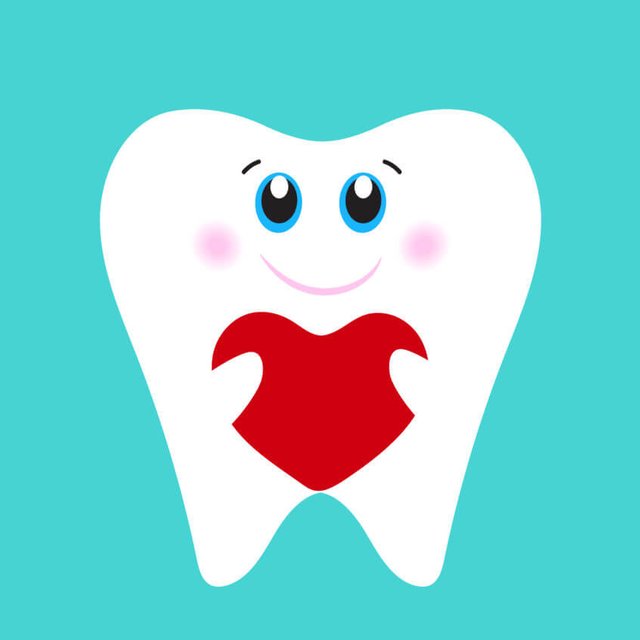
1. Not flossing
Brushing your teeth twice a day is important, but many patients don't realize that flossing at least once a day is just as critical to achieving—and maintaining—a healthy smile. Flossing removes the cavity-causing bacteria left behind from food particles that get stuck between teeth. "Although bleeding and irritation sometimes can occur when you first start flossing, it's important to keep at it," says Dr. Ghareeb. "Your gums will toughen up and your oral health will be better for it."
2. Brushing too soon after eating
Consuming acidic foods and beverages, such as sports and energy drinks, citrus fruits, wine, and tomatoes, can erode tooth enamel—the glossy outer layer of the tooth. Brushing your teeth too soon after eating and drinking these items can cause more damage because you are essentially brushing the acid into the teeth, not getting rid of it. Instead, you should rinse your mouth with water after consuming acidic foods and beverages and wait at least 30 minutes before brushing your pearly whites!
3. Not replacing your toothbrush often enough
Not only are old toothbrushes ineffective, but they also harbor harmful bacteria that can cause infections. Toothbrushes should be changed every three to four months. "It's also important to change your toothbrush after you've had a cold," says Dr. Ghareeb.

4. Excessively bleaching your teeth
Overzealous bleaching can cause your teeth to look unnaturally white and increase tooth sensitivity. Before using an at-home bleaching product, talk to your dentist. "He or she can advise you on proper use of these products as well as which type of bleaching system will provide you with the best results," says Dr. Ghareeb.
5. Using a hard-bristled toothbrush
A hard-bristled toothbrush coupled with an aggressive brushing technique can cause irreversible damage to your gums. Use a soft toothbrush and gently brush your teeth at a 45-degree angle, in a circular motion. Using a back-and-forth, sawing motion causes the gums to recede, and can expose the root of the tooth, making teeth extremely sensitive.

References:-
Academy of General Dentistry.